The historical evolution of the working and middle classes is a complex narrative that intertwines with the broader socio-economic transformations of society. The origins of these classes can be traced back to the feudal systems of medieval Europe, where society was predominantly agrarian and stratified into rigid hierarchies. The nobility and clergy held significant power and wealth, while the peasantry worked the land under various forms of servitude.
However, as trade began to flourish in the late Middle Ages, a new social class emerged: the bourgeoisie. This merchant class, which engaged in commerce and trade, laid the groundwork for the development of the middle class as we understand it today. The Industrial Revolution, which began in the late 18th century, marked a pivotal turning point in the history of the working and middle classes.
As factories sprang up and urbanization accelerated, vast numbers of people migrated from rural areas to cities in search of employment. This migration not only transformed the demographic landscape but also gave rise to a distinct working class composed of factory laborers, miners, and other industrial workers. The conditions in which these individuals worked were often harsh, characterized by long hours, low wages, and unsafe environments.
In contrast, the middle class began to expand significantly during this period, as professionals such as doctors, lawyers, and educators gained prominence. This dual emergence of the working and middle classes set the stage for significant social changes that would unfold over the following centuries.
Key Takeaways
- The working and middle classes have a long historical background, dating back to the industrial revolution and the emergence of capitalism.
- Economic and social factors such as urbanization, technological advancements, and the rise of consumer culture have contributed to the growth of the working and middle classes.
- Industrialization led to the formation of a distinct working class, characterized by labor-intensive jobs and poor working conditions, while the middle class emerged as a result of increased opportunities in white-collar professions.
- Education plays a crucial role in the upward mobility of the working and middle classes, providing access to better job opportunities and higher income levels.
- Political movements and labor unions have been instrumental in advocating for the rights and welfare of the working and middle classes, leading to significant improvements in labor laws and working conditions.
Economic and Social Factors Contributing to the Emergence of Working and Middle Classes
Several economic and social factors played a crucial role in the emergence of the working and middle classes. One of the most significant economic drivers was the shift from agrarian economies to industrialized ones. The advent of machinery and technological innovations increased productivity and created new job opportunities in urban centers.
This shift not only provided employment for many but also facilitated the rise of a consumer culture, as goods became more accessible to a broader segment of society. The growth of industries such as textiles, steel, and transportation further solidified the economic foundation for both classes. Socially, the Enlightenment era contributed to changing perceptions about class and individual potential.
Philosophers like John Locke and Adam Smith championed ideas of individual rights and economic freedom, which resonated with the burgeoning middle class. The belief that hard work could lead to success became a cornerstone of middle-class identity.
This aspiration was fueled by the notion that education could serve as a vehicle for social advancement, allowing individuals to break free from the constraints of their socio-economic origins.
Impact of Industrialization on the Working and Middle Classes
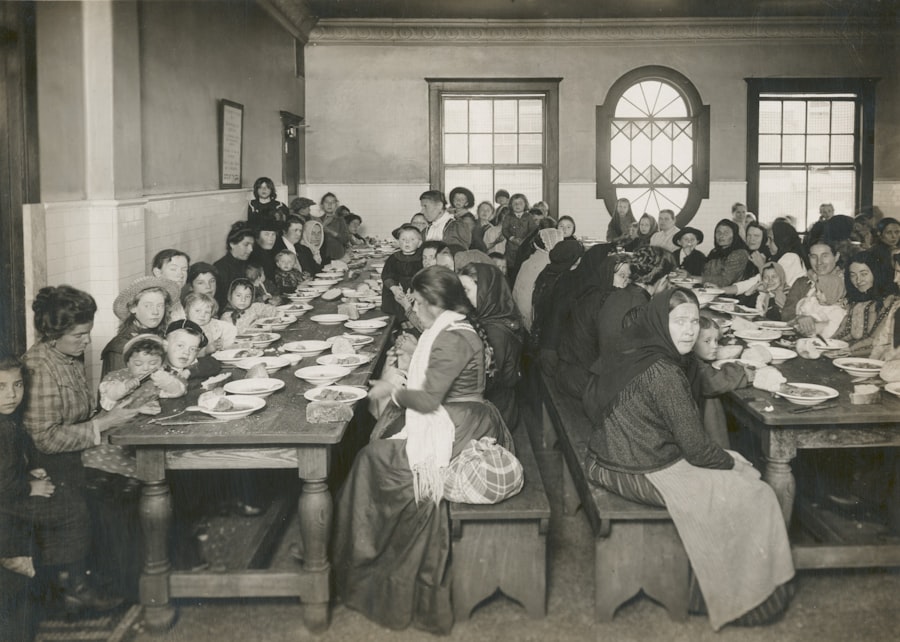
Industrialization had profound effects on both the working and middle classes, reshaping their roles within society. For the working class, industrialization often meant a departure from traditional forms of labor. Many individuals who had previously worked as artisans or farmers found themselves in factories, where they were subjected to regimented schedules and repetitive tasks.
The factory system not only altered their work environment but also transformed their social lives. Workers often lived in crowded urban areas with limited access to basic amenities, leading to poor living conditions that exacerbated health issues. Conversely, industrialization provided opportunities for the middle class to flourish.
As businesses expanded, so did the demand for managerial roles and professional services. The rise of industries created a need for accountants, engineers, and other skilled professionals who could navigate the complexities of a growing economy. This shift allowed many individuals from modest backgrounds to attain higher social status through education and professional achievement.
The middle class began to define itself not only by its economic standing but also by its values—emphasizing hard work, respectability, and a commitment to family life.
Role of Education in the Upward Mobility of Working and Middle Classes
Education has historically been a critical factor in facilitating upward mobility for both working and middle classes. In the 19th century, as industrialization progressed, there was a growing recognition of the importance of education in preparing individuals for new job opportunities. Public education systems began to emerge in many countries, aimed at providing basic literacy and numeracy skills to children from all socio-economic backgrounds.
This expansion of educational access was particularly significant for working-class families, who previously had limited opportunities for formal education. As educational institutions evolved, they began to offer vocational training programs that equipped individuals with specific skills needed in various industries. This focus on practical education allowed many working-class individuals to improve their employability and secure better-paying jobs.
For the middle class, higher education became increasingly accessible, leading to a proliferation of universities and colleges that catered to aspiring professionals. The emphasis on education as a means of achieving social mobility reinforced the belief that meritocracy could prevail over inherited privilege.
Political Movements and Labor Unions in the Working and Middle Classes
The rise of political movements and labor unions was instrumental in advocating for the rights and interests of both working and middle classes during times of economic upheaval. In response to exploitative labor practices during the Industrial Revolution, workers began organizing themselves into unions to demand better wages, reasonable working hours, and improved working conditions. These labor movements were often met with resistance from employers and government authorities; however, they played a crucial role in raising awareness about workers’ rights.
Labor unions not only fought for immediate improvements but also laid the groundwork for broader political engagement among working-class individuals. The establishment of political parties that represented labor interests marked a significant shift in political dynamics.
The collaboration between labor unions and progressive political movements helped amplify the voices of working-class citizens, leading to significant legislative changes that improved their quality of life.
Contemporary Challenges and Opportunities for the Working and Middle Classes
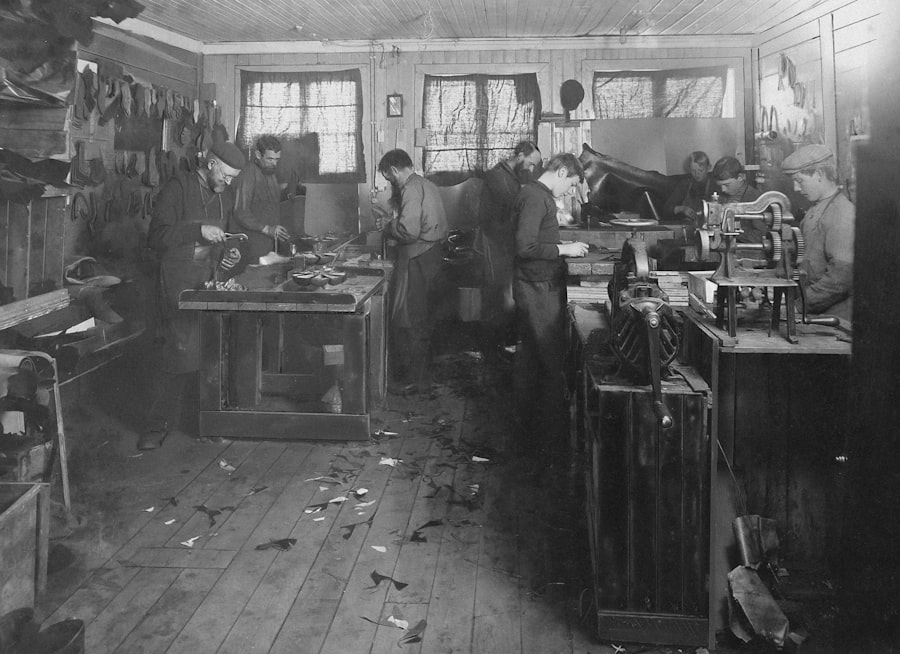
In contemporary society, both working and middle classes face a myriad of challenges that threaten their stability and upward mobility. Globalization has led to increased competition for jobs, often resulting in wage stagnation or decline for many workers. Automation and technological advancements have further complicated this landscape by displacing traditional jobs while simultaneously creating new ones that require different skill sets.
As a result, many individuals find themselves struggling to adapt to an ever-evolving job market. Despite these challenges, there are also opportunities for growth and advancement within both classes. The rise of remote work has opened new avenues for employment that transcend geographical boundaries, allowing individuals from diverse backgrounds to access job markets previously out of reach.
Additionally, there is a growing emphasis on lifelong learning and reskilling programs aimed at helping workers adapt to changing industry demands. Community colleges and online platforms have emerged as vital resources for those seeking to enhance their skills or pursue new career paths. Moreover, social movements advocating for equity and justice have gained momentum in recent years, highlighting issues such as income inequality and workers’ rights.
These movements have galvanized support across various demographics, fostering solidarity among individuals from different socio-economic backgrounds. As awareness grows regarding systemic barriers faced by working-class individuals, there is potential for meaningful change that could reshape policies aimed at promoting economic equity. In conclusion, while both working and middle classes continue to navigate significant challenges in today’s world, their historical evolution demonstrates resilience and adaptability in the face of adversity.
The interplay between economic forces, education, political engagement, and social movements will undoubtedly shape their future trajectories as they strive for greater opportunities and improved living conditions.
The emergence of the working and middle classes during the Industrial Revolution significantly transformed societal structures and economic dynamics. This period marked a shift from agrarian economies to industrialized ones, leading to new social hierarchies and economic roles. A related article that delves into the philosophical underpinnings of these societal changes is “Political Philosophy and Democracy,” which explores how democratic ideals and political philosophies have influenced and been influenced by these evolving class structures. For further reading, you can access the article through this link: Political Philosophy and Democracy.
FAQs
What are the working and middle classes?
The working class typically includes individuals who perform manual labor and are employed in blue-collar jobs, while the middle class consists of individuals who hold white-collar jobs and are often considered to have a comfortable standard of living.
How did the working and middle classes emerge?
The emergence of the working and middle classes can be traced back to the Industrial Revolution, which led to the growth of urban centers and the expansion of industries. This resulted in the creation of distinct social classes based on occupation and income.
What are the characteristics of the working class?
The working class is often characterized by lower income levels, limited access to education and healthcare, and reliance on manual labor for employment. They may also have less job security and face greater financial instability.
What are the characteristics of the middle class?
The middle class is typically characterized by higher income levels, access to education and healthcare, and employment in professional or managerial positions. They often have greater job security and a more stable financial situation compared to the working class.
How do the working and middle classes contribute to the economy?
Both the working and middle classes play crucial roles in driving economic growth and stability. The working class provides essential labor for various industries, while the middle class contributes to consumer spending and innovation.
What are some challenges faced by the working and middle classes?
Challenges faced by the working class may include job insecurity, low wages, and limited access to resources. The middle class may face challenges such as rising living costs, stagnant wages, and increasing competition in the job market.
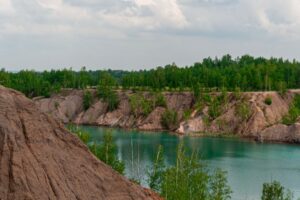









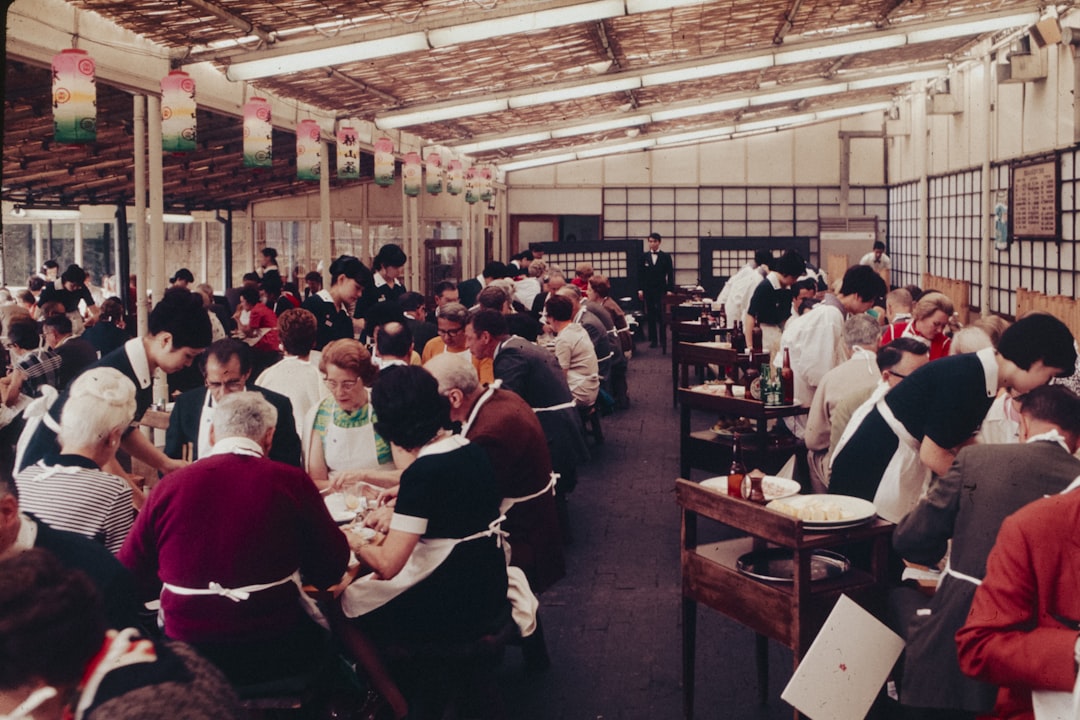
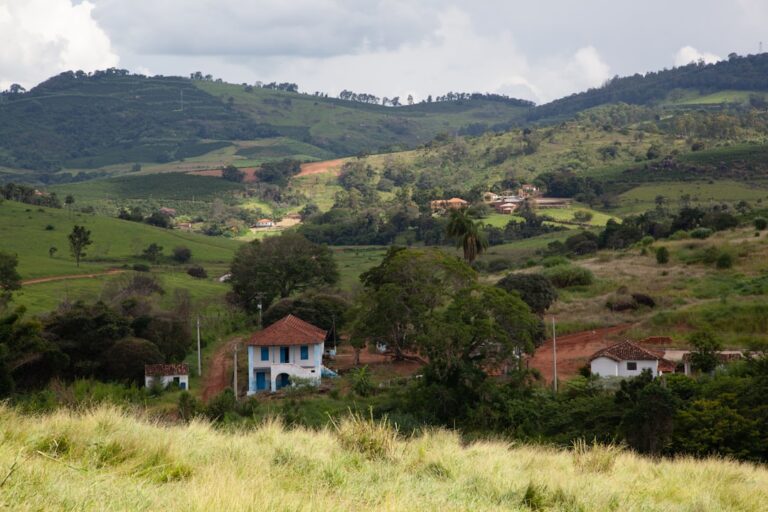

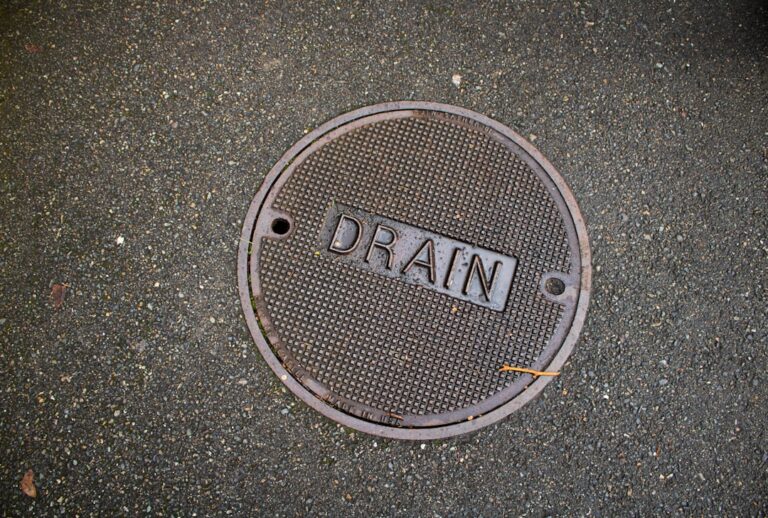

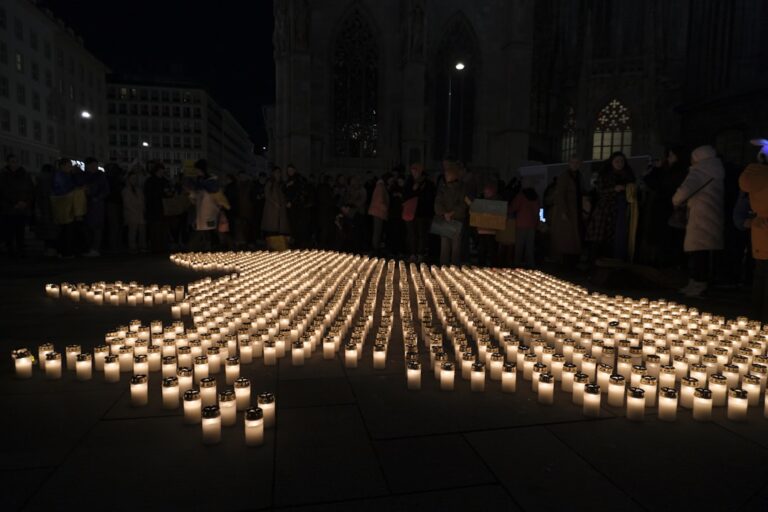






+ There are no comments
Add yours